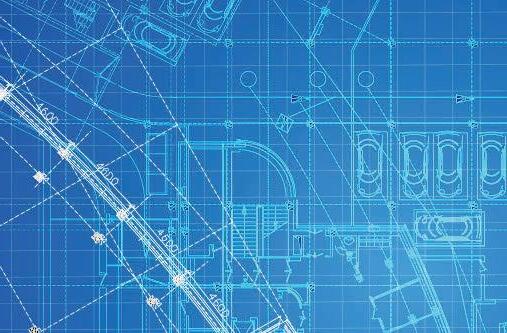
2 minute read
Garbutt Construction: Maximizing Lean Principles
from Winter/Spring 2019
by agcgeorgia
The word “lean” in the construction industry does not refer to the leaning Tower of Pisa, rather, it’s the elimination of waste in the building process. This allows worksites to always remains productive – meaning no workers are waiting on work and no work is of need of workers. Lean also enhances collaboration by pulling the work from the bottom up instead of the top down.
Large construction firms were early adopters of the Lean initiative; however, it’s smaller companies such as Garbutt Construction Company from Dublin, Ga., that are now making the program work for them.
Charlie Garbutt, CEO of Garbutt Construction Company, first learned about the Lean program through AGC. He decided to enroll in AGC Georgia’s seven-unit Lean course and became a certified teacher upon passing the certification exam.
“I am grateful AGC introduced me to the Lean program, as it has taken our construction company to even greater heights,” said Garbutt. “Lean does not replace the construction schedule we submit to our clients. Rather, that schedule is the macro way of looking at the construction site, while the Lean pull plan is the micro point of view.”
The Lean process includes a “pull board” which is a grid on a white board. Dates are written across the top and the key players such as specialty contractors are listed down the side. The pull board contains information about what is happening daily at the building site. The “pull plan” is a six-week look ahead on what is happening on the board.
Each week, daily tasks are noted on the pull board with the use of individual sticky notes, which provide information about the task, number of days to complete the task from start to finish, and expectation of when the handoff will take place.
For example, if electrical work at a building site is going to take six days to complete then there are six sticky notes on the board – one for each day of work. During weekly meetings the project superintendent reviews the board and based on the task updates from the different specialty contractors removes or adds sticky notes.

If the electrical work was completed in six days, then those notes are removed; however, if the electrical work was not finished then they remain on the board until the task is complete. There are critical tasks on every building site; if these items are not done then the project will be delayed. These tasks are identified with a red dot on the sticky note.
By using this program, construction companies – regardless of size – are able to quickly and easily track tasks. It’s estimated that if a building site averages 80% of the tasks having been completed on time, then that site is working efficiently. However, a typical building site only averages 54% tasks being completed on time. With the pull board, companies can see the problem areas easily.
Garbutt Construction believes in the Lean initiative so much that they now utilize it for all of their construction projects. Garbutt offered, “Improving productivity is critical. I highly encourage firms of all sizes implement Lean principles.”
Mr. Charles E. Garbutt, LEE AP, AIC Chief Executive Officer Garbutt Construction Company, Dublin (478) 272-4410 charlie@garbuttconstruction.com








